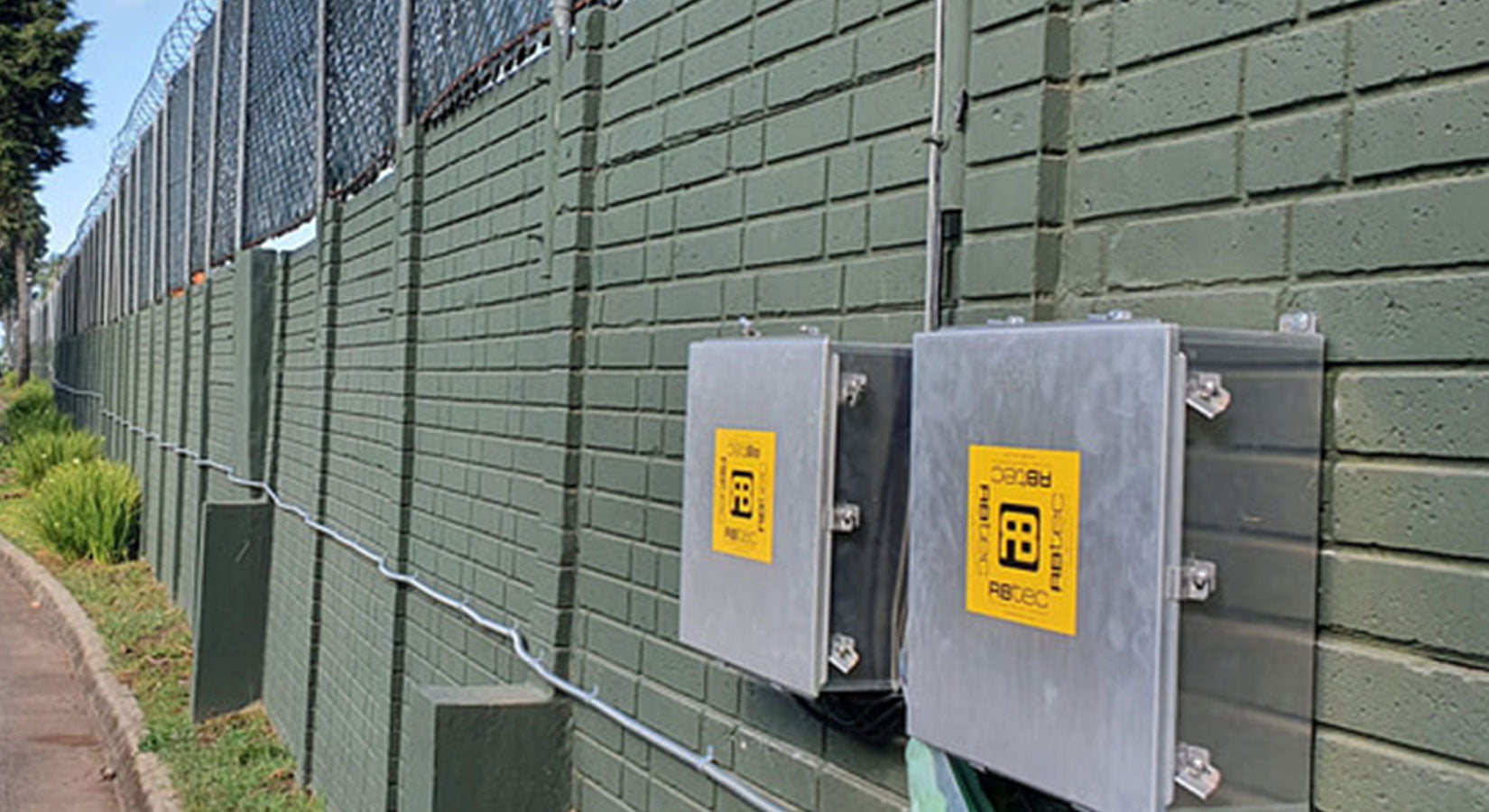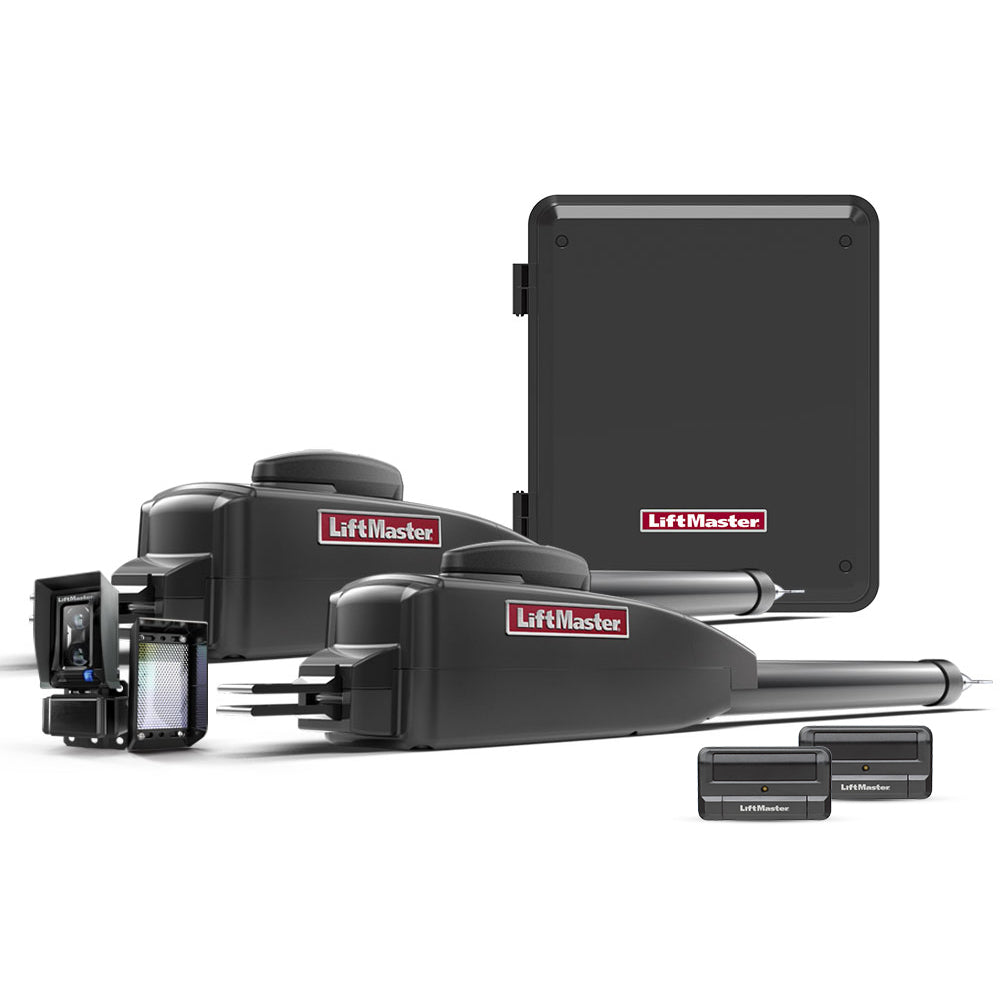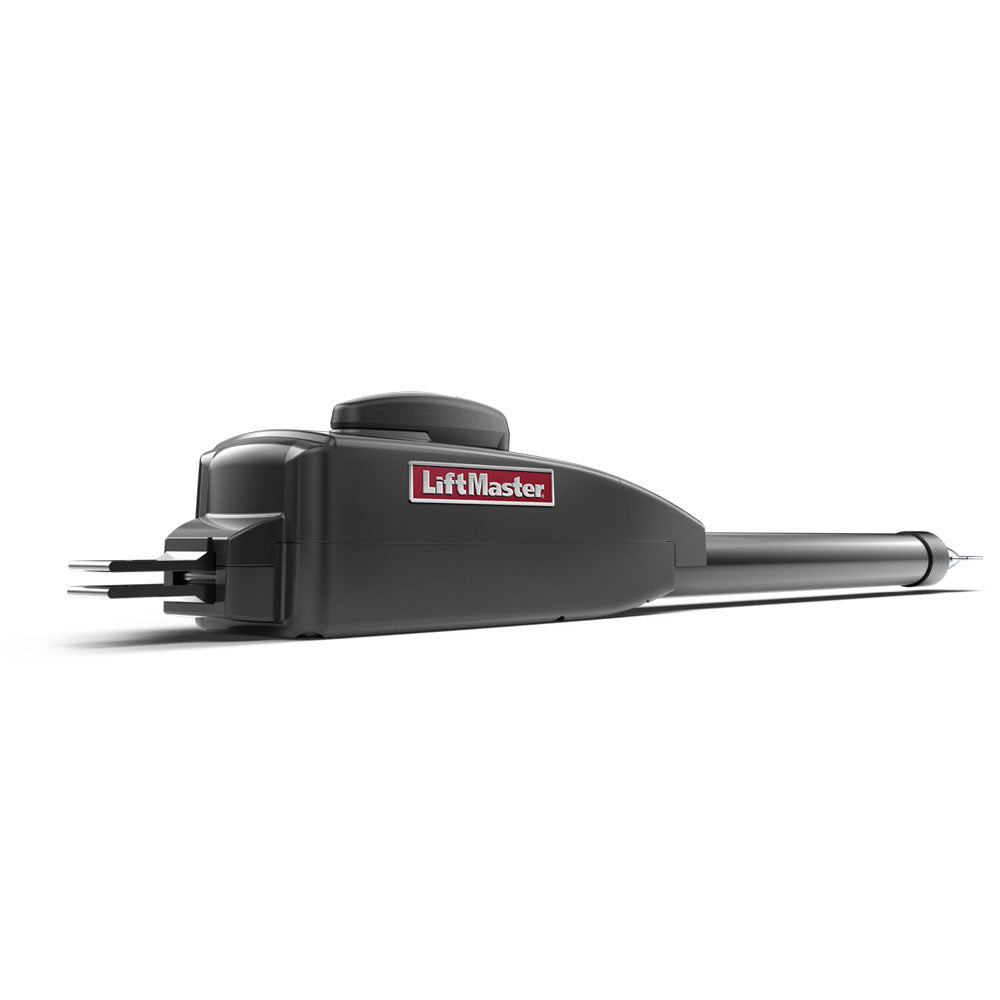The idea of the perimeter detection system is not a new one- these systems were initially developed to protect military installations. However, with recent technological advances and an increased need for security, it has become increasingly adopted in both commercial and residential properties. Security within your perimeter is essential to avoid losing assets and to give you peace of mind. Today, with the increase in sophisticated intrusion methods, property owners and managers also have to incorporate smart ways to deter and detect penetration of their property.
This blog post will discuss how perimeter detection works, how it can be used in your home or workplace, and some of the benefits that come along with using this type of system.
What is a perimeter detection system?
Perimeter Detection Systems (PDS) are automated and semi-automated methods to monitor, detect and respond to unauthorized intrusions. Perimeter detection systems are used as part of the overall security of a facility or property. A perimeter detection system (PDS) is any type of sensor-based security system that uses different types of technologies to detect intruder activity along the perimeter of the protected property. This includes ground-based devices, free-standing sensors, and barrier-mounted systems. These items work together to create an overall "perimeter protection zone" that alerts intrusion personnel when movement is detected at specific points along the exterior boundary of your building.
How does a Perimeter detection System Work?
Perimeter Detection Systems work by detecting any intrusion or movement across a defined boundary within a given zone (i.e. an alarm beam, area of ground covered by infra-red beams etc.) and then triggering an alarm that alerts the people responsible for security at that location. Most systems are connected to some form of recording device such as CCTV cameras but do not themselves take any direct action against intruders; instead, they simply detect the presence of anyone entering the protected area without permission and record their movements for future reference should it be required. The perimeter intrusion detection system is the first line of defence, and it gives the security team an early warning and time to assess the situation and respond accordingly.
Main types of Perimeter Detection systems
1. Ground-based Systems
Ground-based systems like the RBtec Seismic Detector | RBT-RB-SEISMODRC4 are devices buried in the ground where they remain unseen but can detect motion and vibrations. The main benefit of ground-based PIDS is that they are inconspicuous, such that even an informed attacker should have no clue about the system's existence. This characteristic can make ground-based PIDS a useful early warning system for the far perimeter of a facility, giving security staff extra time to capture any intruders. The systems are also less vulnerable to weather than above-ground PIDS. They also do not degrade the visual appeal of a location.
Ground-based PIDS are categorised into Optical-Fibre cable, Microphonic cable, Balanced Fluid-filled tube and Radiofrequency radiating field systems. However, they have several disadvantages, the most significant of which is their expense. Additionally, because most systems require extensive groundwork, installation may be time-consuming and disruptive.
2. Free-standing Systems
The systems do not require complicated installation and can be installed in minutes without any damage to surfaces or equipment, for example, for perimeter protection of data centres; they can also be used simultaneously at several locations. Free Standing PIDS employs many technologies to detect motion along the perimeter of a protected property. These include Infrared, Microwave, laser and Video. The major advantages of a free-standing PIDS system are lower installation costs because there is no need for a physical barrier, and the amount of groundwork required is lower. The installations can also be made to be inconspicuous/ covert if necessary. On the other hand, the major drawback is that there is no physical barrier to delay an intruder, necessitating a quick response from alarms since an attacker may be well within the site in a matter of seconds.
3. Barrier-mounted Systems
These systems are mounted across the entrance/exit route being monitored, usually on fencing or barriers(Fabric-mounted PIDS) around the set area to be protected; designed to protect against intruders approaching from any direction. A fence intrusion detection system like the RBtec IRONCLAD Single Zone Kit 250ft/75m | RBT-RB-IROC1Z250 is mounted on the chain link or welded mesh fences and is designed to detect any cutting, lifting or climbing on the wall throughout the full height of the fence.
Rapidly deployable systems
Rapidly deployable systems utilize the same detection sensors as permanently installed PIDs, but they're generally battery-powered setups and transmit their alarms wirelessly. Rapidly deployable systems allow you to quickly install them when required, then dismantle and store them back in their carrying bag for easy transportation until they are needed next time. They are ideal for situations where full security is required for a period of fewer than 2 weeks. This type of system can also be installed anywhere if the need arises, although an immovable ground-based system should be your first choice where possible.
The most beneficial aspects include mobility and the lack of need for permanent infrastructure in their usage. Alternatively, the main disadvantage of these PIDS is that they are only intended to be used for a limited time; this power is supplied by the battery. This might cause problems with frequent recharging or replacement, as well as system loss of detection function during downtime due to batteries. Also, equipment deploys wireless communication methods that are less secure in transmitting alarms than hard-wired connections.
Where are PIDS installed?
PIDS can be fitted almost anywhere there is an area/building that needs protecting. Still, for ease of installation, they are generally located along the boundaries of the site, building etc. needing protection- with each unit set at a different height (i.e. ground level, first floor etc.) because this ensures it covers all possible entry points without fail and allows for maximum security coverage over said boundary. They should also face in different directions to cover blind spots that cannot be viewed with conventional CCTV cameras situated separately.
PIDs are frequently used by government authorities, including law enforcement agencies, defence organizations and intelligence agencies. PIDS can also be found at airports, oil pipelines, nuclear power plants, prisons, army bases, government premises, industrial estates, research centers, stadiums and asylums. Today, you can also find them in unconventional set-ups such as hospitals, banks, schools, factories, warehouses, and even households.
Why do I need a perimeter detection system?
- It gives you an early warning that you have trespassers on your property.
- The rapid detection of an intruder gives you enough time to respond.
- You prevent significant losses and have peace of mind that your property and assets are secure.
- You can discreetly monitor your property since some devices are not easily visible.
- You cut down on manpower required to guard a vast acreage of property. It also saves time and money because you don't need multiple people standing by and constantly watching surveillance.
- You can enhance your security without greater added costs since most perimeter detection systems work with already existing fences or walls.
- If you have a big facility or property, a perimeter detection system gives you a better view and gives you time to assess security threats in case of an intrusion.
Are there any Disadvantages of Having Perimeter Detection Systems Installed at your Property?
- Lack of Backups/Disaster Preparedness- with no backup systems in place, if one piece of high profile safety equipment fails, all other forms fail as well, leaving the facility completely exposed.
- The purchase and installation cost is high. Installation also potentially interferes with the activity within a facility, which costs the company in productivity hours.
How Much Will it Cost to Install?
This depends on the size/amount of area you wish to protect, the type of system, where it will be installed etc. The devices themselves are relatively affordable for what they do and work well with other security measures such as CCTV cameras or access control cards. If needed, professional installations can be arranged by companies who have qualified staff on hand to provide an inspection service so that they can recommend the right solution(s) for your exact needs.
Do I need to Worry about False Alarms with these Systems in Place?
As the primary purpose of a PIDS is that they serve as an extra set of "eyes" on potential breaches, false alarm activity isn't common. The likelihood of a false alert being mistaken for an intruder alert is very slim as these systems have been designed to be highly accurate and reliable. So no, the chances of a false alarm happening are low; however, it's essential that you familiarize yourself with basic operating procedures just in case.
What is the best Device for Perimeter Security?
The RBtec IRONCLAD cable is one of the best devices for perimeter security. RBtec IRONCLAD’s algorithm is designed to detect any cutting, climbing or lifting of a perimeter fence while at the same time filtering out vibrations like wind, rain and snow. You can connect it to an alarm system and CCTV. It’s easy to install, and you need no special training to deploy it. Additionally, it comes with 3 layers of false alarm filtration, has 22 sensitivity levels and is maintenance-free. If you already have a physical barrier at your site, you don’t have to worry about making replacements because you can install it on any metal surface.
Get Your Perimeter Detection System Today!
Perimeter Detection Systems are a smart way to deter intruders, detect intrusion and assess the situation early enough to devise the appropriate reaction. The market today offers several options of detection systems so that you can choose the most appropriate one for your situation. You’re not limited to using one type of detection system, and you can combine two or three at the same time for better results. Deciding which perimeter detection system best fits your needs can be complex; that’s why you need professionals. Contact us today for all your perimeter security solutions.












